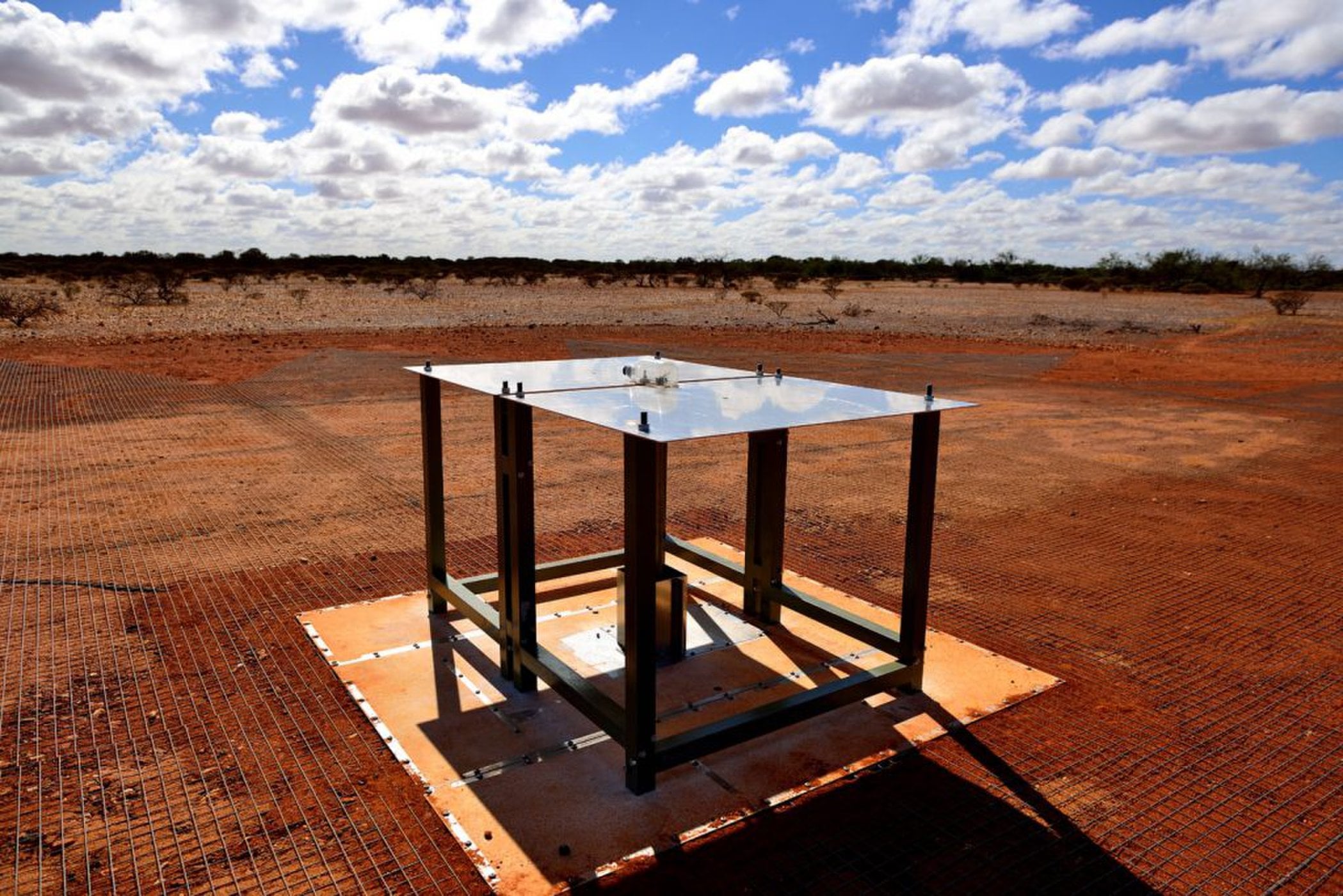Dark matter is one of the most mysterious and challenging things for scientists, and for a long time they have been trying to uncover true evidence of dark matter in the universe. Using radio wave signals, researchers have reached the time before the earliest stars shone in the universe, and they stumbled across something that seems to be evidence of dark matter.
The new research was conducted by researchers from Arizona State University (ASU), Massachusetts Institute of Technology (MIT) and the University of Colorado, Boulder. The researchers published a paper in the journal Nature. According to the scientists, the earliest stars of the universe were quite large, and they emitted large amounts of ultraviolet light. The UV radiation emitted from the stars interacted with hydrogen, which is the simplest of all elements, given its atom consists of one proton and one electron. Hydrogen was spread out across the early universe, as other chemicals were absent.
The hydrogen atoms that interacted with the UV radiation absorbed the photons from the cosmic microwave background (CMB).
“This is the first real signal that stars are starting to form, and starting to affect the medium around them. What’s happening in this period is that some of the radiation from the very first stars is starting to allow hydrogen to be seen. It’s causing hydrogen to start absorbing the background radiation, so you start seeing it in silhouette, at particular radio frequencies. . . . We see this dip most strongly at about 78 megahertz, and that frequency corresponds to roughly 180 million years after the Big Bang. In terms of a direct detection of a signal from the hydrogen gas itself, this has got to be the earliest,” study co-author Alan Rogers from MIT said in a statement on Wednesday.
Scientists detected this signal as part of the Experiment to Detect the Global EoR (Epoch of Reionization) Signature (EDGES) project. The project was funded by the National Science Foundation. Scientists used a refrigerator-sized radio spectrometer to conduct the study. The spectrometer is at the Murchison Radio-astronomy Observatory (MRO) in Western Australia.
“It is unlikely that we’ll be able to see any earlier into the history of stars in our lifetimes. This project shows that a promising new technique can work and has paved the way for decades of new astrophysical discoveries. . . . Now that we know this signal exists, we need to rapidly bring online new radio telescopes that will be able to mine the signal much more deeply,” Judd Bowman from ASU, who was lead author of the paper, said in another statement.
According to the study, the early universe was twice as cold as previously thought. The study suggests that the universe measured about 3 Kelvin temperature (-270 degrees Celsius or -454 degrees Fahrenheit) at that time, roughly 13.5 billion years ago.
Scientists wanted to find an explanation for the temperature anomaly, so they came up with new theories. Rennan Barkana of Tel Aviv University in Israel was one of the scientists who suggested it to be the evidence of dark matter.
The direct evidence of the dark matter cannot be observed directly, with the technology that we operate with at the moment, although it’s believed that 85% of all the mass in the observable universe is made up of dark matter. Scientists determine the evidence of dark matter through its gravitational effect on surrounding objects.
About the signal which was detected by the EDGES project, Barkana was quoted in the statement:
“I realized that this surprising signal indicates the presence of two actors: the first stars, and dark matter. The first stars in the universe turned on the radio signal, while the dark matter collided with the ordinary matter and cooled it down. Extra-cold material naturally explains the strong radio signal. . . . This insight alone has the potential to reorient the search for dark matter.”
Barkana also published a separate paper on the discovery in journal Nature, which appeared online on Wednesday.





